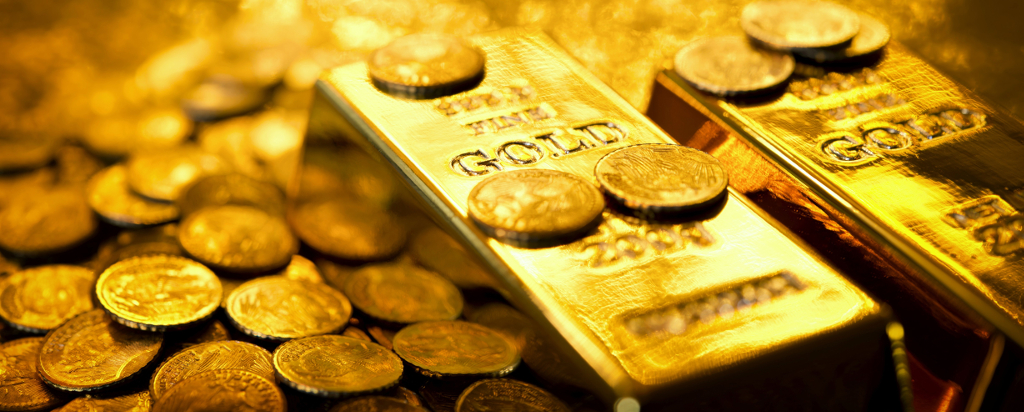
Introduction
The Nairobi Securities Exchange (NSE) has introduced a new gold-backed security. This security, termed an Exchange Traded Fund (ETF), allows investors to trade assets pegged to the price of gold. The target market is long-term investors with large portfolios, since the minimum outlay on listing will be approximately Ksh 130,000. The gold ETF offers several benefits, including increased diversification, and access to one of the ultimate safe haven investments.
Details
The security will commence trading on March 27, 2017. The price of the ETF will be based on the real-time price of gold in the global market (in USD but converted to Ksh). While several of the ETF’s trading details remain to be confirmed, it appears that the 10% intra-day price rule will not apply, since the price is pegged to the international price of gold.
Pros
- Gold is a safe haven investment. For large portfolios, the gold ETF offers an excellent hedge against depreciation of the local currency.
- The ETF greatly simplifies the process for local investors wanting to diversify their portfolio by adding a new asset class.
Challenges
- The large minimum investment, which is currently about Ksh 130,000.
- The gold ETF exposes investors to risks different from most shares listed on the NSE. We shall illustrate with an example, but let’s first identify the key risks. First, there is exchange-rate risk. Additionally, there is volatility risk inherent in buying a commodity-backed security. In the gold ETF, the two risks act simultaneously, and may or may not act in the same direction. Suppose you buy 100 units of the ETF, on a day when the international price of gold is $1250/ounce, and the exchange rate is Ksh 100/USD. Your cost, net of any commissions, is Ksh 125,000. Now, typically, the exchange rate risk and the volatility risks act in consort, but for simplicity, let’s work with each risk individually. Regarding the foreign exchange risk: if the dollar strengthens from Ksh 100/USD to Ksh 120/USD and assuming the price of gold remains constant, then your investment will be “in-the-money.” You could sell your asset for USD 1250 * Ksh 120/USD = Ksh 150,000 and make a gross profit of Ksh 25,000, or 20%. This demonstrates how the ETF can provide an effective hedge for Kenyans against a weakening shilling. Naturally, the converse would be true; you would suffer foreign exchange losses if the shilling strengthened against the dollar. Now, for the volatility risk: If the price of gold rises, say to $1300/ounce, and the exchange rate remains constant, your investment will also be in-the-money; you will have made a paper profit of $50. However, instead of the price rising, it could also fall, in which case you will have a paper loss. It is worth repeating that both the foreign exchange movement and the volatility movement act simultaneously, and might act in the same or different directions.
Conclusion and Recommendation
The gold ETF is attractive to investors with a long-term horizon who want to diversify their portfolios and hedge against the shilling depreciating. Globally, gold is one of the ultimate safe havens. Current entry prices of around USD 1250 (Ksh 125,000), down 30% from highs in 2011, make this a compelling investment for investors who understand the associated risks. Please contact us with any questions you might have regarding the new listing of the gold ETF on the NSE.
